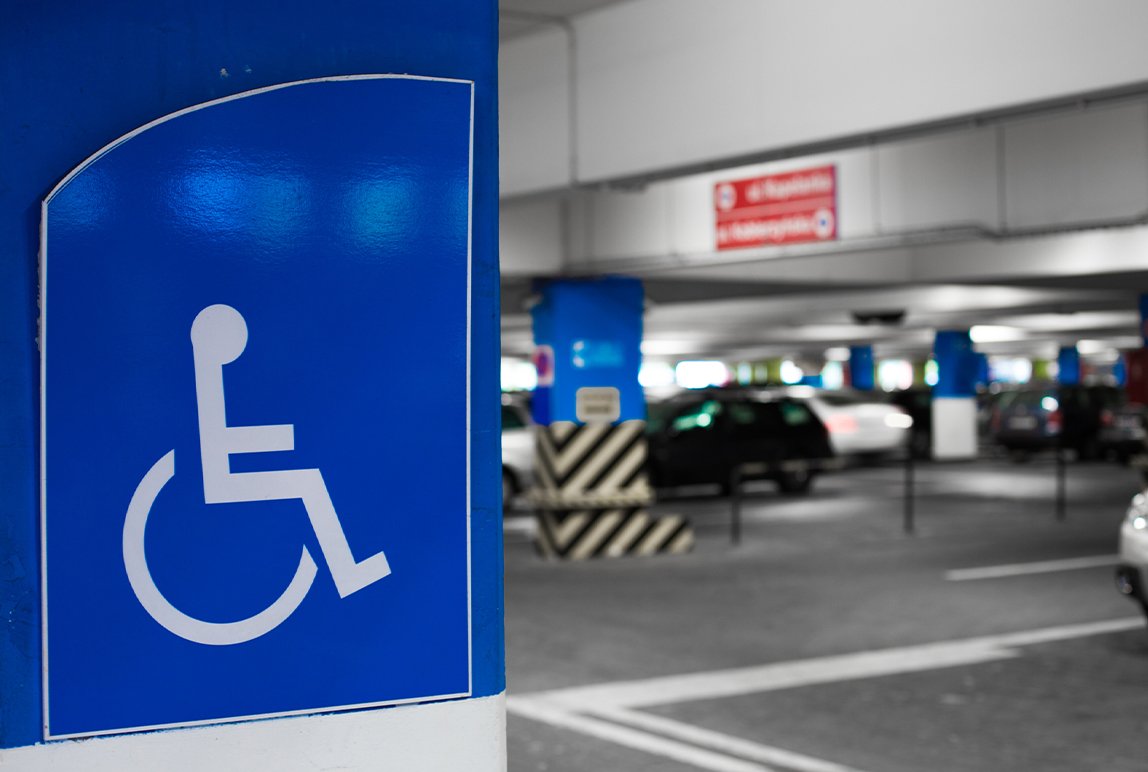RFPs for Parking Solutions
Posted: Dec, 03, 2020 9:06AM ET • 7 min read
A Request for Proposals (RFP) is a document that formalizes and standardizes the procurement of goods and services for businesses, non-profit organizations, and government agencies.
The document solicits bids — or, proposals — from prospective supplies, manufacturers, service providers, and/or contractors to provide the goods or services described in the RFP. The RFP will also set out the criteria by which the proponents will be evaluated, which may include such items as:
Details of the proposed solution
Cost of the proposed solution
Feasibility of the project, including proposed timeline to judge their understanding of the scope of the project
Health of the company to ensure it will remain solvent for the term of any contract awarded at the end of the procurement process
Ability to meet and deliver proposed solution based on experience with and references from existing projects of similar size and scope
Not only does the RFP process simplify the evaluation process, but it also helps promote transparency and demonstrate accountability in the procurement process. And by setting clear expectations for the project at the outset, the project’s eventual success can more easily be measured against established benchmarks.
An Early Start – The RFI Process
To make an RFP as accurate as possible, organizations sometimes choose to begin the process with an RFI, a Request for Information. This will give the owners a sense of the state of the industry in question and give them an idea of what is available, possible, and coming. Responding to an RFI is also proponents’ opportunity to introduce themselves to the prospective client, giving them a sense of “who they are” as a company and what sort of experience they have in the relevant vertical, as well as sharing their offering and how it can most benefit the owner. The RFI submission can then be used as a guideline on what to request in a subsequent RFP, as a method to short-list RFP candidates, or both.
The RFP Process
Government agencies, non-profit organizations, and firms of all types and sizes will often leverage the RFP process to drive down costs. However, the proposal that is the most responsive to the RFP’s requirements will not necessarily include the lowest bid. A good RFP document is specific enough in describing the issues to be resolved that proponents are clear on the problem they are addressing, but not so restrictive in identifying the types of solutions they will consider that proponents’ creativity or expertise is hampered.
Whether an organization uses the RFI to create a shortlist of proponents they will invite to submit a proposal or they go directly to the RFP stage, the finished document will have the same basic components:
Rationale: the reason why an RFP is being issued
Organization: a description of the organization issuing the RFP
Project, problems, goals, objectives: a description of the nature of the project, including goods and services, identification of the known or anticipated problems with their current day good or service, and their goals in objectives in both the procurement process and in obtaining the goods or services
Identification of goods and/or services sought: a through listing of the goods and services required, and may include desired or mandatory items such as specifications, functionality, security, user experience, etc.
Information: contact details for a representative of the issuing organization, the details that a respondent will need to provide in order to be considered, by what criteria proposals will be evaluated, and what scores will need to be achieved to be considered for a contract
Evaluation criteria: how and within what timeframe proponents will be assessed, including whether a shortlist will be invited to an interview or to make a formal presentation
Once the RFP document has been finalized, it must be distributed. This can be done either directly to preferred candidates already shortlisted via an RFI process, or it can be posted online to procurement portals that allow bidding companies to view the opportunity and decide whether or not they’re interested in competing.
For large or complex projects, the issuing organization may choose to host an information meeting or site tour to give additional context to the details already provided in the RFP document. This is also an opportunity for interested parties to ask clarifying questions in a more informal setting than the strict Q&A process that exists throughout the rest of the process.
Once all the proposals have been received by the deadline, an evaluation team will review the submissions and assess them against their criteria, which may or may not have been outlined in the RFP. After this round of evaluations, the owner may then proceed with presentation to delve deeper into specific subjects, and/or visits at the Proponent’s business, in order to assess first-hand that their operation is capable of the scope and scale proposed.
Once a successful candidate has been selected, owners may choose to inform all proponents of the decision, and be prepared to host a debrief session with the unsuccessful proponents if one is requested. If the selected proponent agrees, the organization and the proponent will negotiate a contract based on the requirements stated in the RFP and the commitments made in the proposal
The PARCS RFP
An RFP written for a Parking Access and Revenue Control System (PARCS) must include broadly the same information as any other RFP to give respondents an opportunity to judge whether they think they are the right fit for the issuing organization and for the specific project for which the RFP was issued.
At a minimum, the issuing organization should provide the size and location of the parking facility, including the number of stalls on surface lots or in parking garages, as well as a breakdown of how many stalls are reserved for permitted vs. transient parkers, whether some are assigned to specific individuals or subject to lease entitlements. Large organizations, like hospitals and airports, will not only have dedicated parking areas for employees and contractors, but they will also have (and continue to need) detailed statistical analyses of where transient guests are parking, for how long, and for what purpose.
Although it’s not necessary to provide every line item of this analysis, it’s still important to provide a high-level overview of how existing parkers are using the facility, again to give proponents the opportunity to recommend useful services based on their experience in the industry. These may include a valet service for high-end commercial and condominium buildings, curb-side Ambassadors for hospital emergency rooms, special rates for long-term parking at airports, etc. in addition to a simple pick-up/drop-off area.
The issuer may also wish to consider providing engineering drawings of any garages or aerial photographs of surface lots to show the relative size and position of multiple lots and the locations of any existing equipment, if applicable. This will give proponents a more accurate representation of the scope of work and give them a solid foundation on which to estimate the cost of any civil work that must be performed as part of their proposed solution, although allowing proponents the opportunity to attend the site for an in-person assessment of the site for civil work is always best. For innovative PARCS suppliers, these drawings and photographs are an opportunity for them to recommend additional efficiencies, alternatives, optional methods to manage and administer the parking operations, and potentially offer cost savings.
It is equally important that you make sure your partner is ready to support what you need. There are some basics - is the prospective PARCS supplier PCI-compliant, and do they submit to annual audits that give you confidence in the knowledge that your revenue is completely secure? This great tech also needs a great team to support, grow, evolve, and innovate your solution. Can they adjust with the ever-changing regulations agilely? Take the time to understand what your potential partner is doing to support and advance parking technology solutions.
Organizations issuing RFPs are in the best position to understand the needs of the people using their parking facilities. So describing how you want your system to work (or asking about any features you discovered during the RFI process) lets you compare submissions and decide which system is best suited for your facility. But your RFP evaluation process will be key for getting a system that will work for you now and in the future. Pricing is always important but owners need to make sure they are allocating proper scoring and weight to the solution’s capabilities. A well-structured evaluation and scoring system means you’ll get the solution you want at the best value.
Final Thoughts
Of course, these are only examples of what an organization might want to consider specifying in their PARCS RFP. Each facility is unique with a unique clientele, and so each solution will be tailored specifically for that site. What remains important throughout, however, is that you ask the right questions so your PARCS technology partner understands the issue(s) that need to be resolved and is well qualified to perform the work to resolve it.
Share Article:
Featured Articles
ABOUT THE AUTHOR
Cynthia Bruce
Associate Director, Proposal Development
Cynthia began her career in the parking industry when she joined Precise ParkLink in 2015. With a leadership role in Precise ParkLink’s proposal development department, Cynthia is responsible for discerning our clients’ needs and developing compelling win themes that align our product and service offerings with those needs. Leveraging her education in business management at Humber College, she has continued to stay ahead of every opportunity in her career. In so doing, she works collaboratively with subject matter experts from among our R&D engineers, ensures the messaging within our marketing department’s collateral is consistent with our proposals, and mentors a small team of writers to develop their unique talents to the department’s advantage.
Questions?
Fill out the form below and we will do our best to connect you with a suitable contact.













